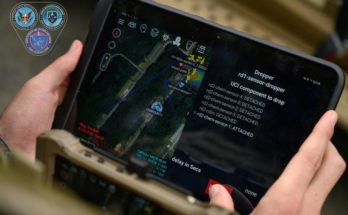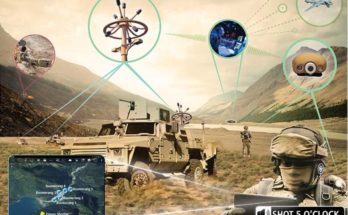You’ve probably heard of the wagon full of smartphones fooling Waze into thinking there’s a traffic jam. I wouldn’t cover it here, except that C4ISRNet discusses how that demonstration can apply (negatively) to DoD applications. Here’s some of what they said:
/arc-anglerfish-arc2-prod-mco.s3.amazonaws.com/public/ICMG6PW4WNFJ5P355DZ6TMKYHA.jpg)
As the military adopts tools like ATAK, the Android Team Awareness Kit, for tracking and coordinating movement in a virtual environment, planners and commanders should be aware of the possibility that additional, misleading information is pumped into the same system. Hiding the location of a formation of troops, or creating a false impression of a team in a vital overwatch position, are ways a spoofed virtual environment could lead to disaster.
Third: the existence of tracking data from commercial smart devices is only going to complicate the future.
Weckert’s demonstration used phones to simulate cars in a civilian street. That alone could be a means for forcing a reroute of a target and laying an ambush, should a malicious actor decide to do so. (And if Google doesn’t respond to mitigate how the map hack worked.) In a future where infantry carry personnel trackers, spoofed Fitbits attached to a drone could allow an adversary to create a false impression of peril far from where they want to act, pulling needed resources away from a fight on a virtual snipe chase.




